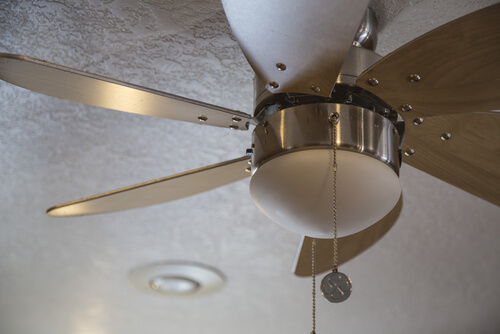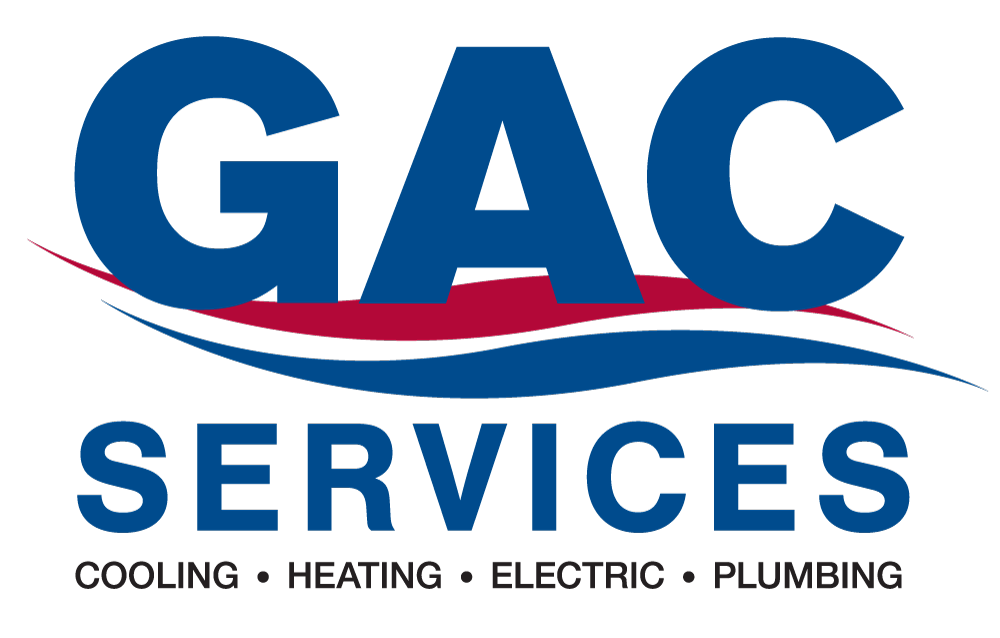If you’ve noticed one or more light fixtures flickering in your home, it’s a clear sign that something within your electrical system is wrong. Typically, when it comes to everyday lighting in your home, consistency and steadiness are what you should expect. Any unexpected fluctuations in your light fixtures, such as flickering or dimming, are typically an indication of an underlying issue that needs to be addressed.
In some cases, the problem and solution can be straightforward, like replacing a worn-out bulb or ensuring a secure connection in the wiring. However, there are instances where the causes of flickering lights are more complex and potentially hazardous. Ignoring the problem, in these cases, can pose a serious risk to your home, particularly the threat of electrical fires.
To ensure the safety and reliability of your electrical system, it’s best to have an experienced professional investigate and address the root cause of your flickering lights—whether it’s simple or complex.
What Causes Lights to Flicker?

There are many reasons why your lights could be flickering. Whether your connection or the bulb itself is loose, or there is a problem with your wiring, it may be more than a bad bulb. When dealing with these issues, it’s important to carefully examine your system or have a trained technician who knows how to fix flickering lights take a look and provide you with reliable and quick electrical repairs.
1. Flickering LED or Fluorescent Lights
First thing’s first: are you dealing with a flickering fluorescent light or LED light? If so, then some flickering may be normal. Fluorescent lights are known to flicker when they are first turned on as the phosphorus powers up, as well as when the bulb is dying and in need of replacement.
LED bulbs, on the other hand, frequently flicker when they are not used with compatible dimmer switches designed specifically for LED lighting. That is why it’s crucial to ensure that your LED bulbs and dimmer switches are compatible to prevent any flickering issues. Speak to a knowledgeable electrician who will help you find the perfect pair for your home.
2. Loose Bulb
If you don’t have an LED or fluorescent lightbulb in your home, then your flickering issues may be related to something different. A possible reason your lights are flickering is because your bulbs are not tight enough and need to be screwed in further.
Make sure that the bulbs are screwed in tightly and secure in the connection. If they’re loose, they may flicker and cause other issues. It’s also important to not overtighten the bulbs because that can reduce the bulbs’ lifespans.
3. Loose Connection to the Outlet
If the bulb isn’t the problem, it’s time to start looking for other causes of flickering lights. If your light is plugged into an outlet, you’ll want to check the connection and make sure nothing has come loose.
If your plug’s prongs aren’t seated firmly in the outlet, that loose connection can cause flickering when the light is turned on. Try unplugging the light, adjusting the prongs if need be, and firmly reseating the plug into the outlet.
4. Weak Connection to the Light Switch
Next, check your light switches. If you have a switch that turns your light on and off, go to that switch with the light turned on. Gently move the switch by wiggling it up and down or side to side. If this makes the light flicker when turned on, the switch might be causing the trouble.
You can try tightening the screws on the switch’s faceplate to see if that helps. If it doesn’t, it’s time to call an electrician for further assistance.
Also, it’s important to remember that if you don’t have the appropriate dimmer switches for LED lighting, the bulbs will malfunction.
5. Voltage Fluctuation
If you see your lights flickering when you use big appliances like furnaces, air conditioners, microwaves, washers, or dryers, it might mean the voltage in your home is bouncing around too much. A little up and down in voltage is fine, but if it’s making your lights flicker or causing bulbs to burn out, there may be a bigger concern with your home’s electrical system as a whole.
To be sure your home is safe, get an electrical inspection from a professional electrician to check your voltage levels.
6. Malfunctioning Wiring
If your home has old or damaged wiring, this could be the reason your light bulbs are flickering. Along with raised energy costs and unreliable lighting, faulty writing can lead to electrical fires if left unaddressed. Have an experienced electrician take a look at your home, and they can help you with any wiring or rewiring services you may need.
Additionally, if there is a problem deep-rooted in your electrical system, and your lights flicker when you turn your HVAC system on, your heating and cooling systems or lightbulbs may be installed incorrectly. An electrician will be able to pinpoint the problems and ensure everything is working as intended.
Contact GAC Services for Immediate Assistance with Light Bulb Flickering Issues
Our team of electricians at GAC Services is here to help you find the cause of your lightbulb troubles in the Gaithersburg, Maryland, area. Contact us today by calling (301) 205-5082, and let us know what problems you are experiencing.


